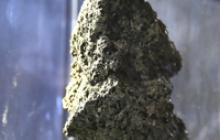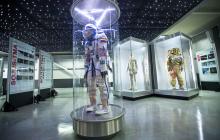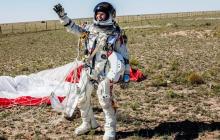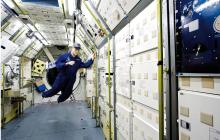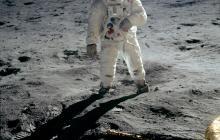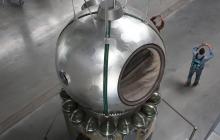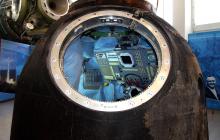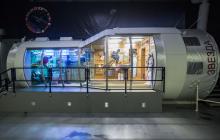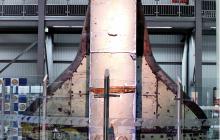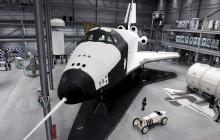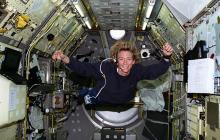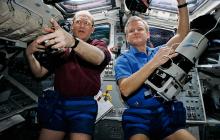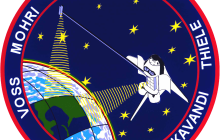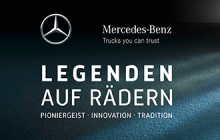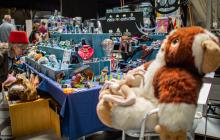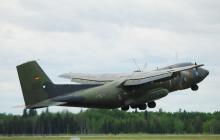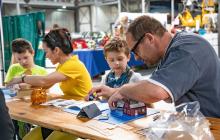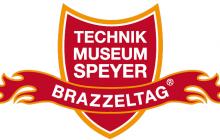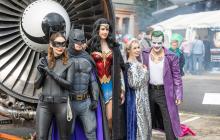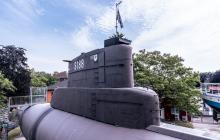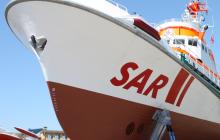Lunar Roving Vehicle
The „Lunar Roving Vehicle“, also referred to as the moon car, was developed to extend the range of the astronauts on the lunar surface and to take samples from and explore scientifically interesting areas that where farther away from the landing site. It was employed during the last three of the six lunar landings (Apollo 15 to 17). The picture at the right shows astronaut Jim Irwin with the first rover during the first of three excursions of the Apollo 15 mission.
Due to the uncompromising lightweight design the LRV had a mass of only 210 kg. It was driven by four electric motors (one per wheel) which were supplied with electric power by two non-rechargeable batteries. The maximum range of operation was about 90 km. Due to a special folding mechanism the rover required minimal storage space within the lunar module. After it was drawn out by straps from its storage bay it unfolded itself. Especially interesting are the wheels made of plaited piano wire. In this way they were not only light and resistant against the extreme temperature differences but also provided a basic suspension. These wheels were so delicate that under the influence of Earth‘s gravity they could not even carry the weight of the vehicle. On the moon, however, they were strong enough for an extra load of up to 490 kg. The total distance covered with the LRV on the moon during its three employments was 90.5 km and the greatest distance reached from the lunar module was 7.6 km.

